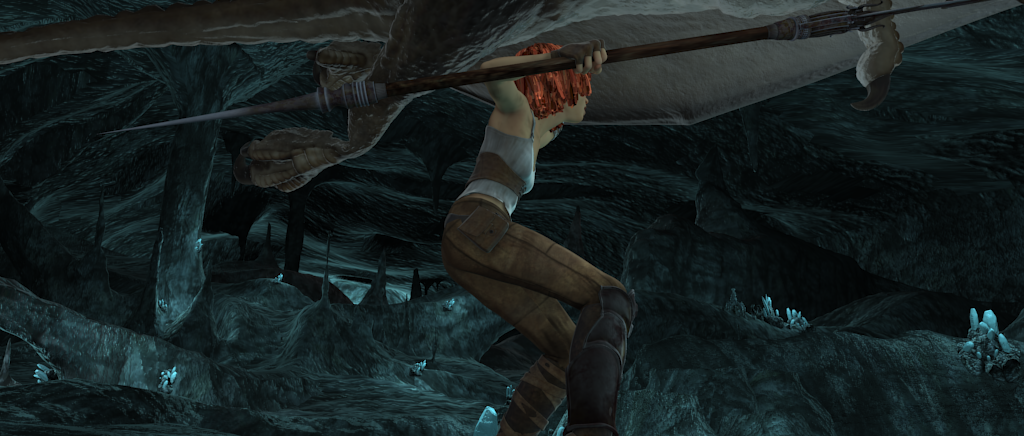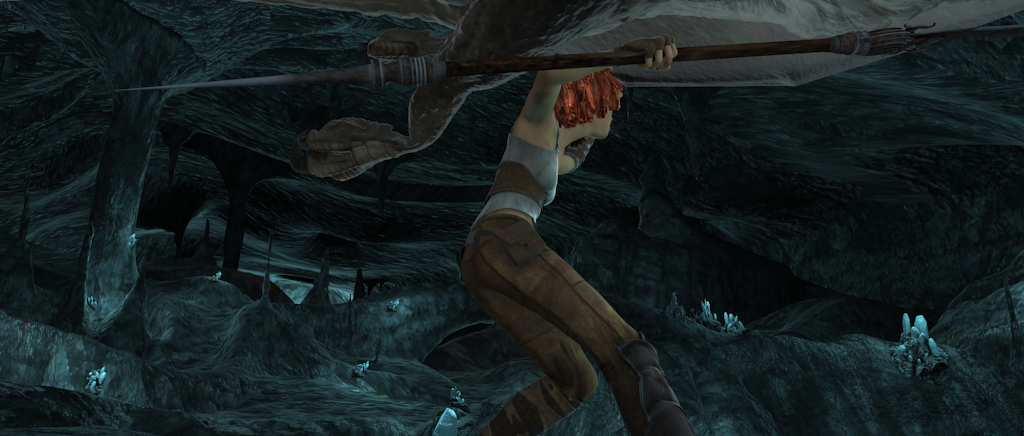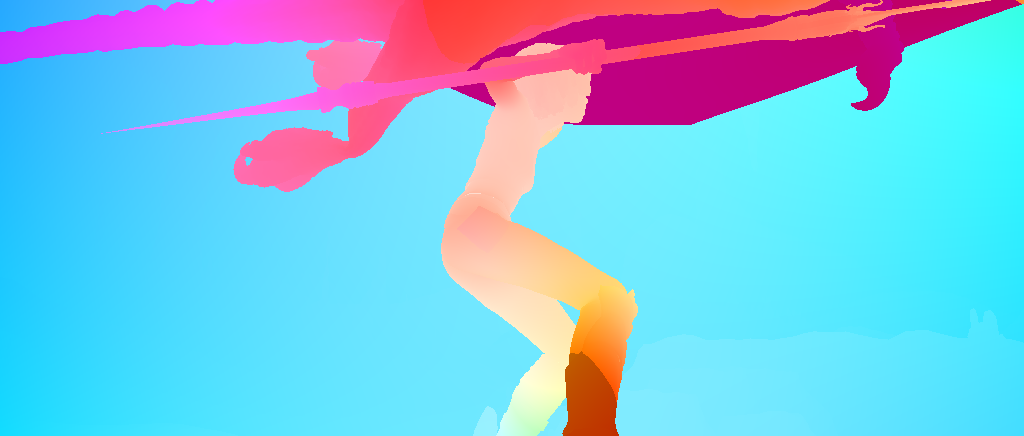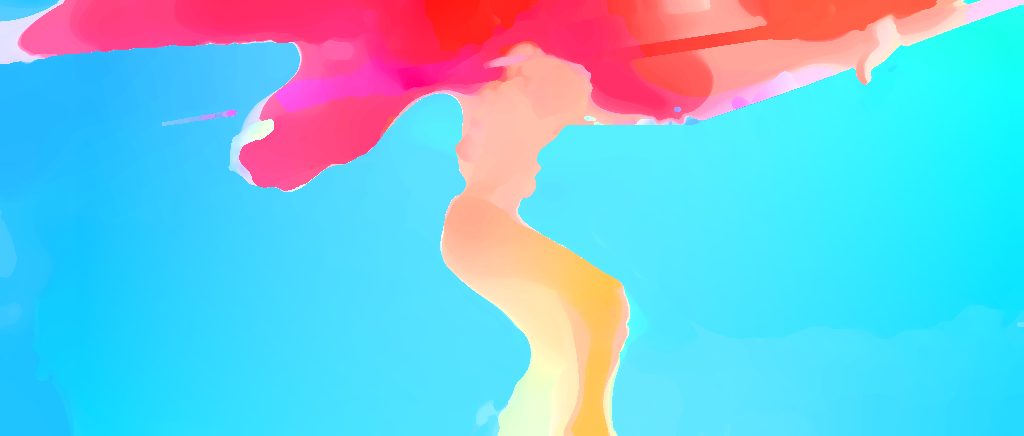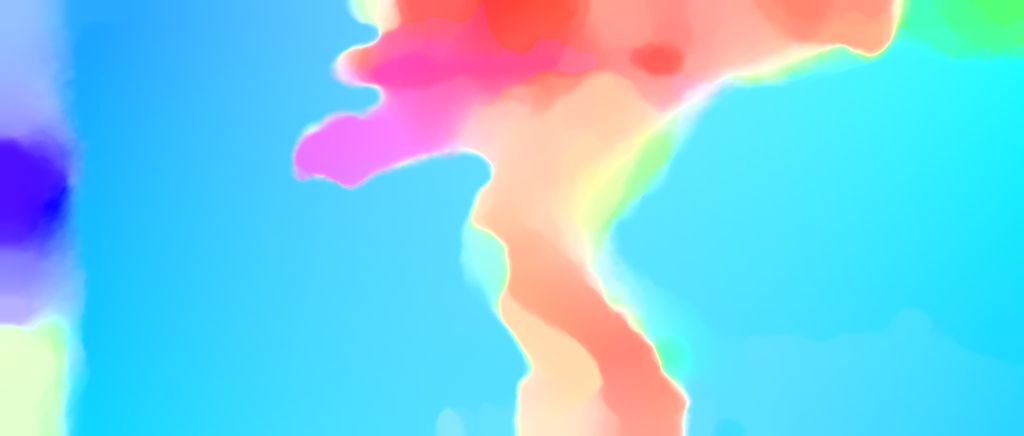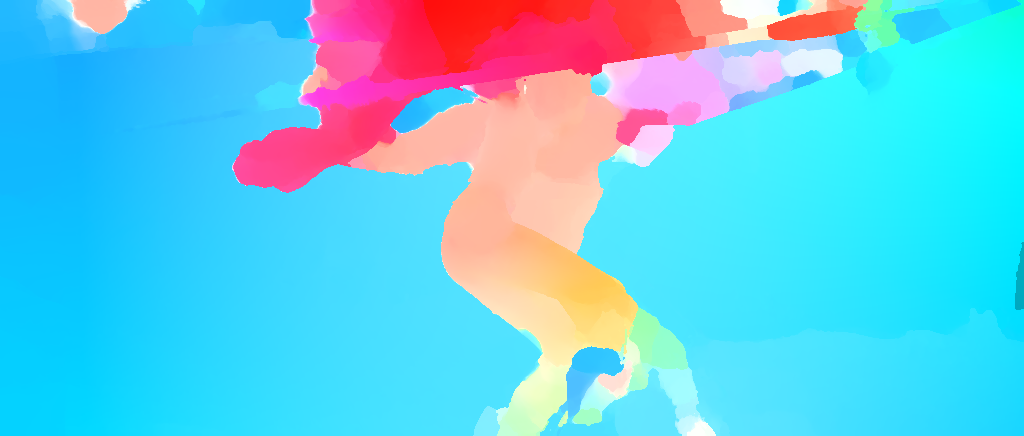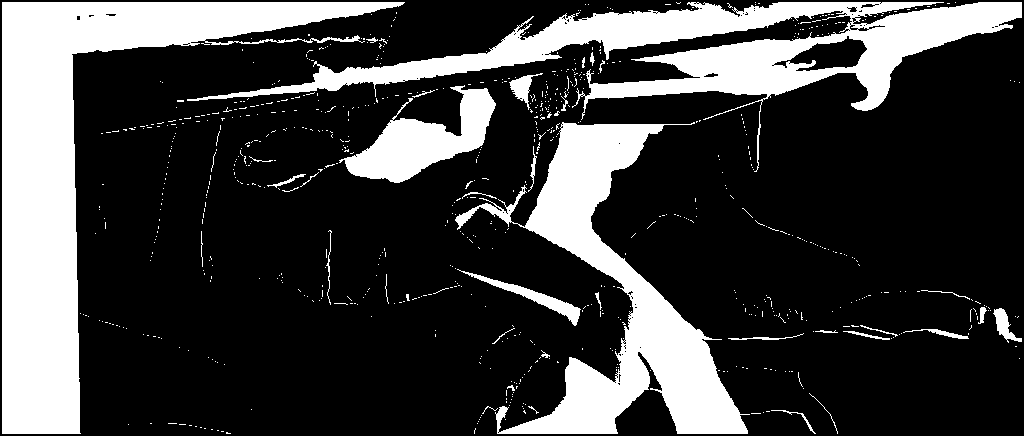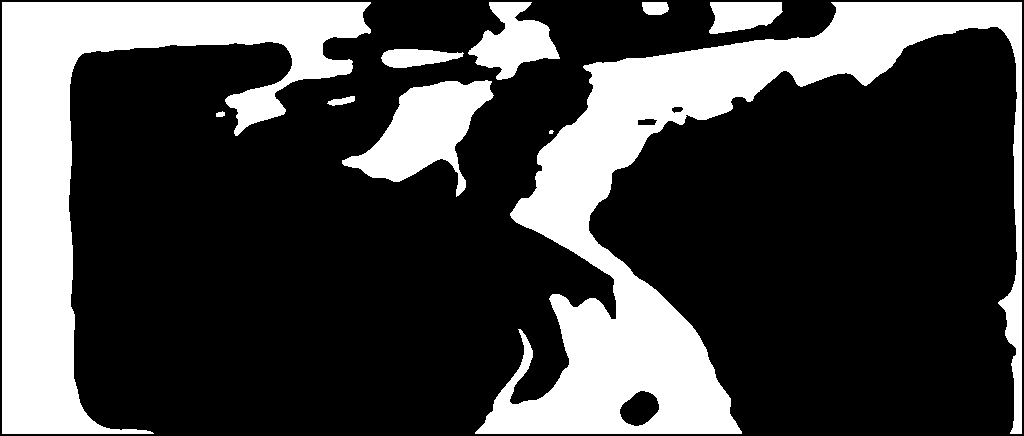Section: New Results
Exemplar-based occlusion handling and sparse continuous aggregation for optical flow computation
Participants : Denis Fortun, Patrick Bouthemy, Charles Kervrann.
Handling large displacements, motion details and occlusions all together remains an open issue for reliable computation of optical flow in a video sequence. Our recently investigated aggregation paradigm is an attractive approach supplying motion candidates at every pixel in a first step, and combining them in a second step to determine the global optical flow field [16] . We experimentally demonstrate that simple and purely local parametric estimations combined with patch correspondences are sufficient to produce highly accurate motion candidates. Nevertheless, the performances are limited by the presence of large occlusion areas. Therefore we have proposed an exemplar-based occlusion handling scheme integrated in the two steps of the aggregation process. At the first stage, local motion candidates sets are extended at the detected occluded pixels with candidates from non-occluded pixels, and specific occlusions due to camera motion are handled by estimating the dominant motion in the image. Local occlusion cues are extracted from this first step. Then, we define a global energy function which cooperatively selects the best motion candidates for each point while recovering the occlusion areas and ensuring smoothness properties. Results on small displacement sequences are competitive with state-of-the-art methods, and great improvements are observed in the case of large displacements and occlusions (Fig. 9 ).
Alternatively to the discrete aggregation based on graph cut optimization, a new continuous aggregation model has been designed. In accordance with the demonstrated evidence that the set of candidates always contains at least one accurate motion vector, the aggregation is formulated in a sparse framework restricting the number of non negligible weights associated to the candidates. The continuous framework is less dependent on the quality of the candidates and thus allows us to considerably reduce the computational cost of both aggregation and candidates estimation.
Reference: [16]
|
|||||||||
|
|||||||||
|



